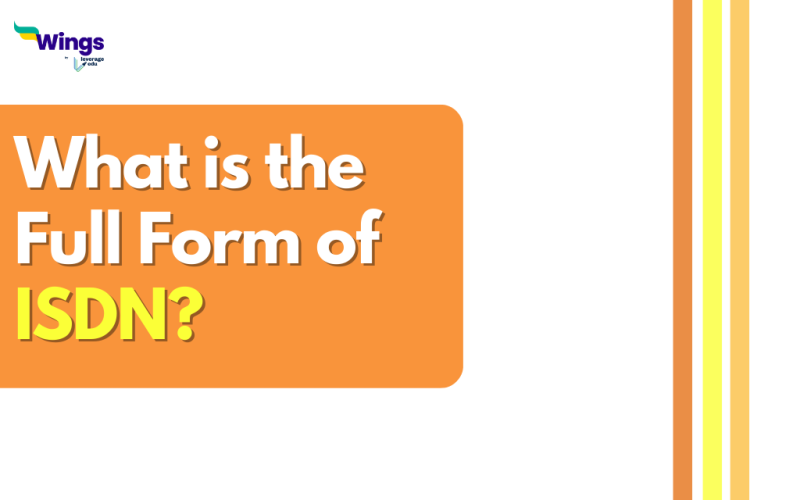The full form of ISDN is Integrated Services Digital Network. Provided by telephone carriers, it is an all-digital high-speed network that allows data and voice to be carried through existing telephone networks. ISDN is a circuit-switched telephone network system in addition to being a packet-switched network that supports digital speech and data transmission. This could result in speech or data quality that is better than what an analogue phone is capable of providing. It provides a packet-switched connection with a 64 kilobits per-second data transfer rate. It provided a maximum of 128 kbit/s upstream and downstream bandwidth. A higher data rate was possible because to channel bonding. On ISDN B-channels with three or four BRIs, six to eight 64 kbps channels are generally connected.
Services Offered by ISDN
Table of Contents
Customers can get a fully integrated digital service from ISDN. Subcategories of this service include bearer services, teleservices, and supplemental services.
- Teleservices – The network has the choice to alter or process the data’s contents in this instance. These services are related to OSI model layers 4 through 7. Teleservices, which rely on the bearer services’ infrastructure, are designed to handle complex user needs. It is not necessary for the user to comprehend each stage of the process. Teleservices include things like telephony, teletex, telefax, videotex, telex, and teleconferencing. Despite the fact that the ISDN clearly defines these services, no standards have yet been established for them.
- Bearer Services – Users can converse with one another via voice, data, and video across the bearer network without the network altering the nature of the connection. Since the network does not have to maintain the data, the information’s content cannot be altered. The top three tiers of the OSI model include bearer services. Thanks to the ISDN standard, they have specific definitions. They can be sent through networks that use circuit, packet, frame, or cell switching.
- Additional Service – Bearer services and teleservices are more effectively offered through supplemental services. Today’s telephone companies frequently offer extra services including call waiting, message processing, and reverse pricing.
Principles of ISDN
The standards of ITU-T serve as the foundation for the operations of ISDN. The Telecommunication Standardisation Sector (ITU-T), which has its headquarters in Geneva, Switzerland, organises telecommunications standards for the International Telecommunication Union (ITU). ITU-T recommendations include the following as some of the various guiding principles for ISDN:
- Accept applications that are switched and un-switched.
- Allow voice and non-voice applications to coexist.
- Using only 64 kbps connections.
- collective intelligence.
We hope you liked this article, where we tried to cover ISDN full form and other important information related to it. For more such informative articles keep following our page.
 One app for all your study abroad needs
One app for all your study abroad needs













